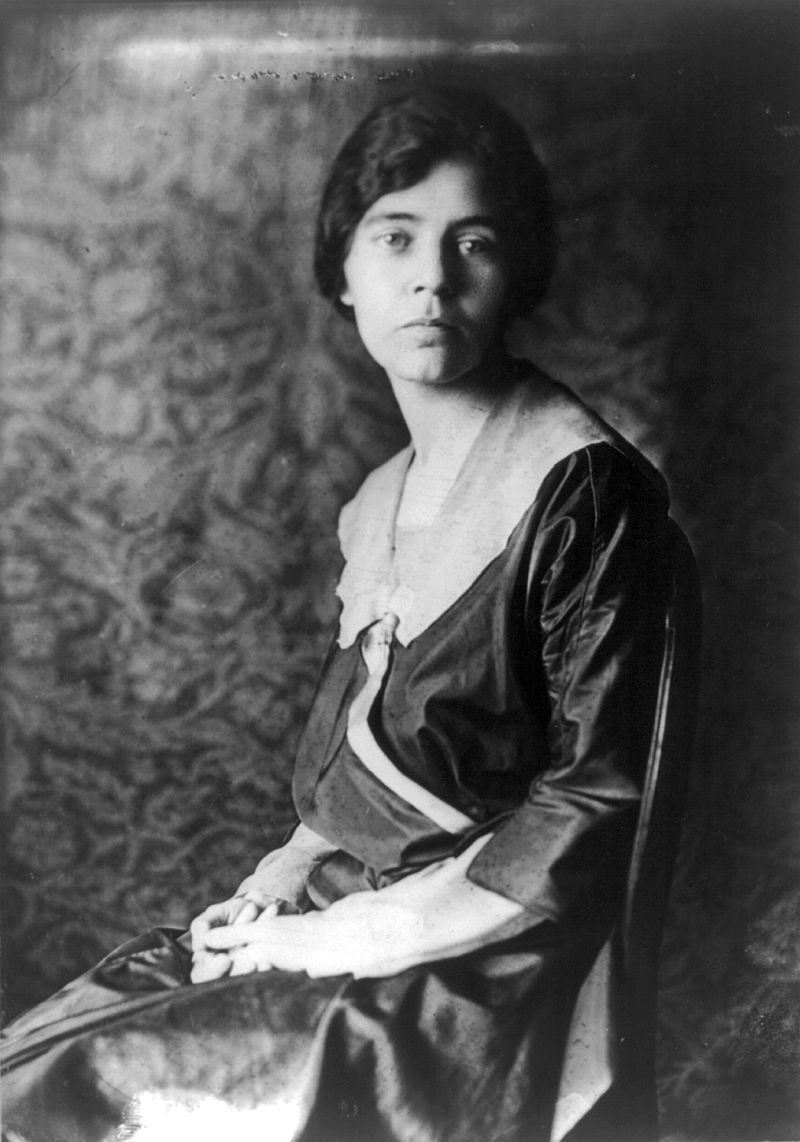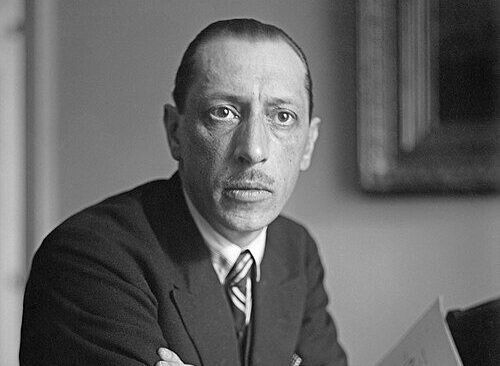They were called The Silent Sentinels. Members of the National Woman’s Party, 33 of them were sentenced to prison in November 1917 for protesting outside the White House.
Their mission was to convert the U.S. into a legitimate democracy by gaining votes for women, though they were not without sympathy for the many disenfranchised African Americans, Latinos, and Native Americans in various states.
The National Woman’s Party (NWP) had broken away from the more conservative National American Woman Suffrage Association (NAWSA) and called for direct action to gain the vote.
Lucy Burns.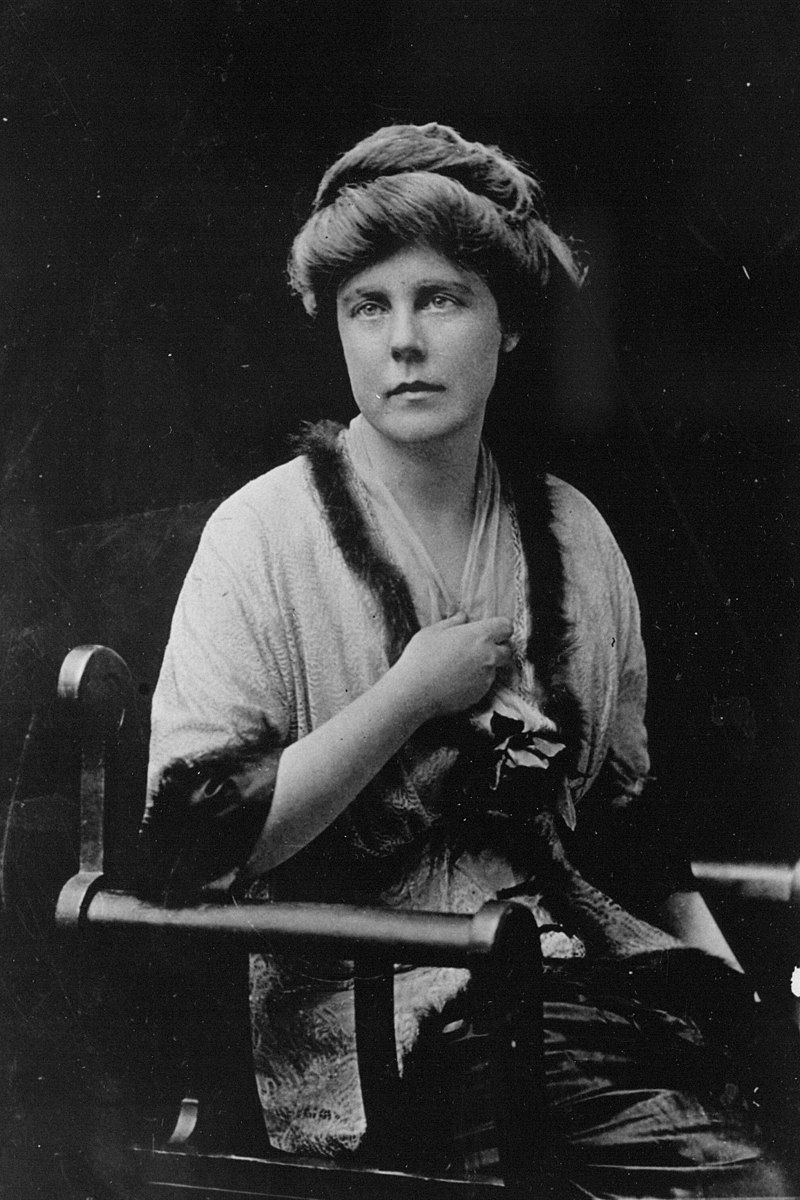
Led by Alice Paul and Lucy Burns, they began their campaign on March 3,1913 - the day preceding the inauguration of President Woodrow Wilson - by marching through Washington, D.C.
They were attacked by spectators on Pennsylvania Avenue. One hundred women were hospitalized, and eventually cavalry troops were summoned to restore order. Ironically, a decade later, the Ku Klux Klan held a huge D.C. march without incident.
Born in Brooklyn to well-to-do Irish-American parents, Lucy Burns was tall, flame haired, and a devout Catholic. She was studying at Oxford University in 1909 when she met Alice Paul in a London police station. Both had been arrested at a suffragist protest.
They bonded and worked together in the British Suffragist movement for some years before moving back to the U.S.
Here they gathered a formidable group of fearless women, including Dorothy Day, a young writer from New York with many admirers in bohemian circles, including Eugene O’Neill. Described back then as “a frail girl,” Dorothy had indomitable will and would go on to found the Catholic Worker Movement.
By 1916, nine states had granted women the right to vote, but President Wilson opposed a federal amendment.
Paul and Burns resolved to force his hand. In January 1917, as Wilson was about to begin his second term, the NWP called for women to picket daily outside the White House, regardless of the weather or Wilson’s displeasure.
They wore distinctive gold, white and purple sashes and were at first tolerated as a curiosity. Wilson often smiled at them as he passed, though like many he disapproved of their “unladylike behavior.” However, things changed when the U.S. entered World War I on the side of Britain, France and Russia.
Fueled by patriotic fury, onlookers attacked the silent protesters and ripped up their signs and placards.
By mid-summer the women were being arrested, but usually released without charge. Eventually, the courts sentenced them to short prison sentences. The silent women fought back by carrying more aggressive signs that labeled the president as “Kaiser Wilson.”
Paul was arrested in October and sentenced to seven months in Occoquan Workhouse. She went on hunger strike, was brutally force-fed and detained in the psychiatric ward.
Burns and Day were among 33 women brought to Occoquan on November 14th – since known as "The Night of Terror."
They demanded to be treated as political prisoners, but instead guards dragged them down the hallways and threw them into filthy, dark cells.
Lucy Burns was shackled, hands outstretched above head, and forced to stand all night.
Dorothy Day.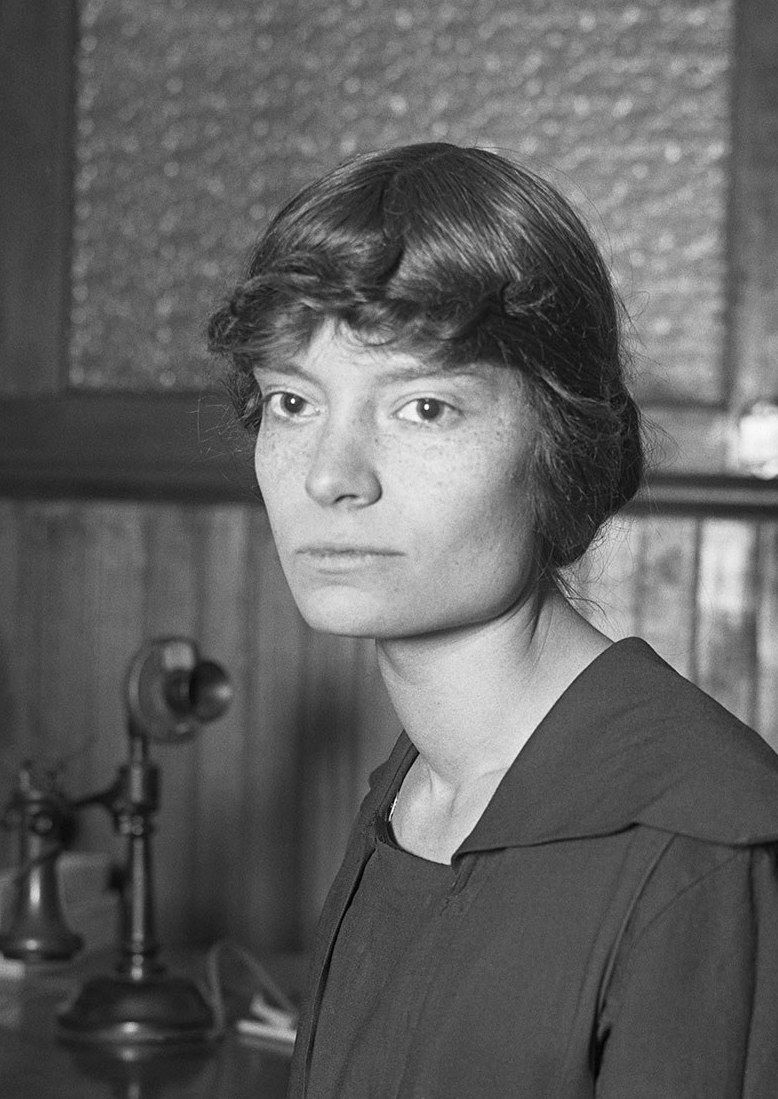
Dorothy Day, the “frail girl," was twice slammed down onto an iron bench, and various others were either knocked unconscious or injured. One suffered a heart attack.
Many of the women went on hunger strike but their demands for political status were ignored.
However, word leaked out about their brutal treatment, and by the end of November all the protestors were released.
Mary Nolan.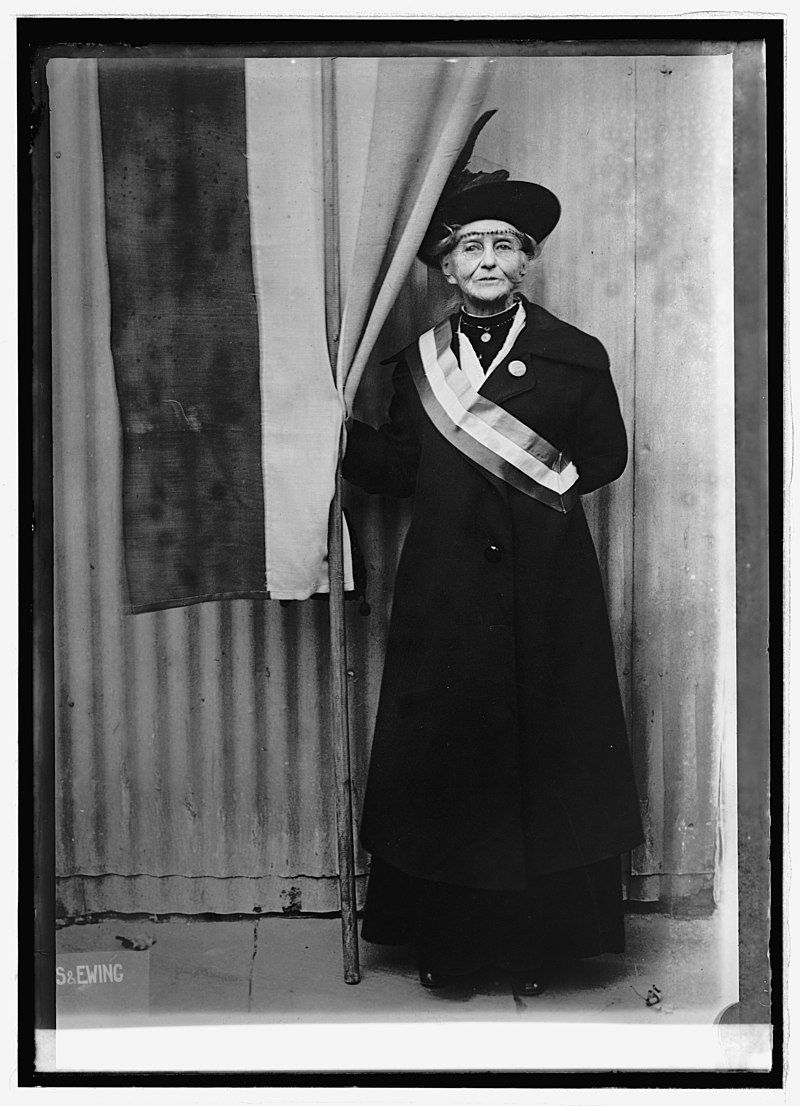
The oldest, Mary Nolan, 73, who had also been injured during the assault by guards, published an account of the night and national outrage ensued.
President Wilson, sensing the change of mood, demanded legislative action and Congress passed a federal suffrage amendment on June 4, 1919. The 19th Amendment was ratified on August 18, 1920 and women were finally granted the right to vote.
Lucy Burns retired from public life soon after to raise an orphaned niece and lived quietly in Brooklyn.
Dorothy Day’s reputation as a leader of Catholic social action continues to grow. Though a confirmed feminist with left-wing and anarchist influences, she is being considered for sainthood by the Catholic Church.
And the indomitable Mary Nolan, who refused to be silent, is buried in Jacksonville, Florida. Her tombstone contains her own quote “I am guilty if there is any guilt in a demand for freedom.”

